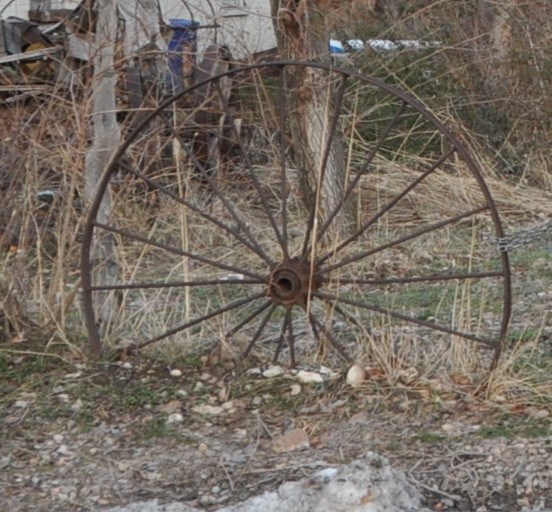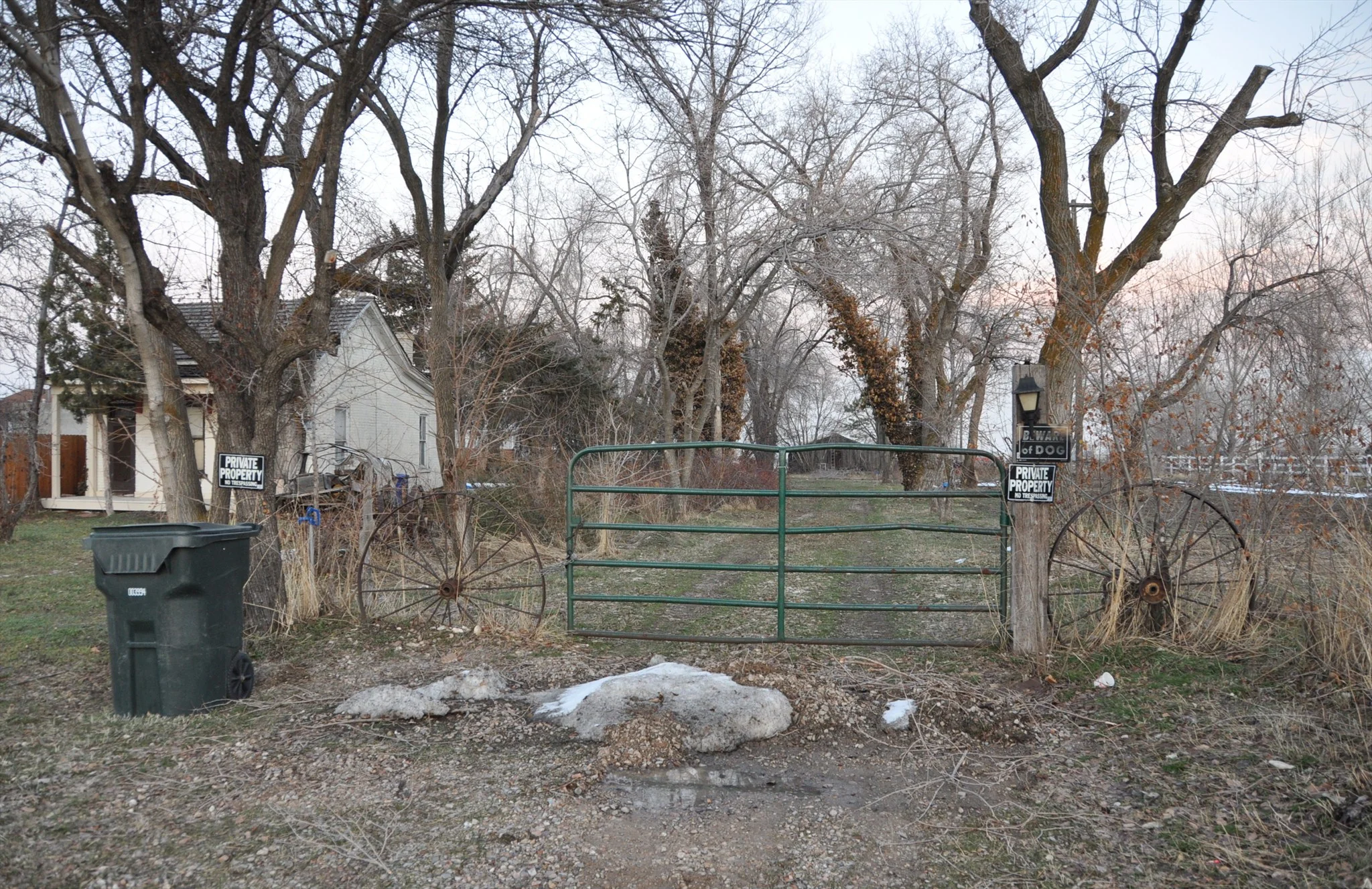The McLachlan Farmhouse
The McLachlan Farmhouse—A Hidden Homestead Over Jordan
Built between 1884 and 1885, the McLachlan farmhouse stands today as a rare, remarkably intact example of a Mormon homestead-style farmhouse—unusual for a region where families traditionally lived in town and commuted to their farms.
Constructed on a 40-acre tract “over Jordan”—far west of the settled Salt Lake Valley—the house was designed by William McLachlan himself. Measuring 22 by 21 feet, the house originally contained two main rooms built of brick and adobe, with hand-plastered walls. Notably, Ed Ashton laid the masonry, and a plasterer named Bridge finished the interior—work carefully documented in McLachlan’s personal journal.
The farmhouse features double-sashed windows (one-over-one in the front room, two-over-two elsewhere), carved moldings, ornate door architraves, and original porcelain knobs and iron latch boxes. The front door opened into a narrow hallway, which led to a 15'6" x 15'10" front room and an east kitchen. A small hallway known as the buttery bordered the north side. McLachlan planned to add onto the house, but those dreams were never realized.
Though small, the house was built with care. Porches, transoms, and hand-built features still remain. Plumbing wasn’t added until 1968, when the kitchen was partly remodeled and the house repainted a soft cream color.
From the original 40 acres, only 1.1 acres remain with the farmhouse, but six more acres are still owned by McLachlan descendants. The original well and barns are still present, preserving a link to the past.
Beyond its architecture, the farmhouse holds deep historical significance. It was built during a time when polygamists sought refuge in remote areas to shield their families from federal prosecution. McLachlan’s home was one such refuge—a symbol of resistance, devotion, and survival.
It remains the only documented structure of its kind west of the Jordan River, and its preservation helps tell the unique and often untold story of Utah's rural polygamist homesteads.







